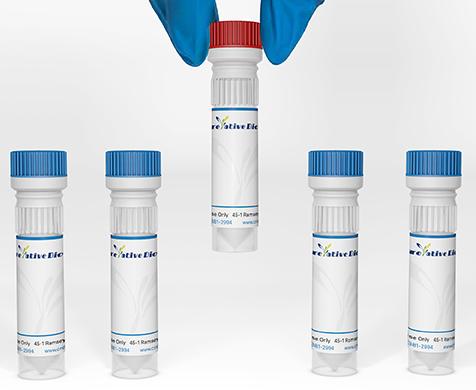IFImmunofluorescence
IHImmunohistochemistry
IPImmunoprecipitation
WBWestern Blot
EELISA
MMicroarray
CIChromatin Immunoprecipitation
FFlow Cytometry
FNFunction Assay
IDImmunodiffusion
RRadioimmunoassay
TCTissue Culture
GSGel Supershift
NNeutralization
BBlocking
AActivation
IInhibition
DDepletion
ESELISpot
DBDot Blot
MCMass Cytometry/CyTOF
CTCytotoxicity
SStimulation
AGAgonist
APApoptosis
IMImmunomicroscopy
BABioassay
CSCostimulation
EMElectron Microscopy
IEImmunoelectrophoresis
PAPeptide Array
ICImmunocytochemistry
PEPeptide ELISA
MDMeDIP
SHIn situ hybridization
IAEnzyme Immunoassay
SEsandwich ELISA
PLProximity Ligation Assay
ECELISA(Cap)
EDELISA(Det)
BIBioimaging
IOImmunoassay
LFLateral Flow Immunoassay
LALuminex Assay
CImmunohistochemistry-Frozen Sections
PImmunohistologyp-Paraffin Sections
ISIntracellular Staining for Flow Cytometry
MSElectrophoretic Mobility Shift Assay
RIRNA Binding Protein Immunoprecipitation (RIP)
